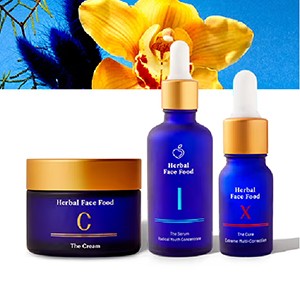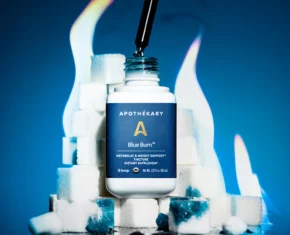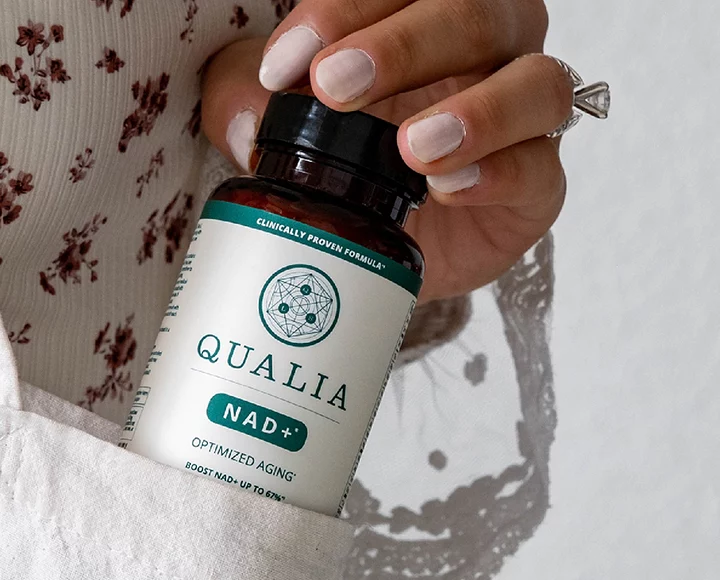Soaking grains is a traditional method of food preparation. Once widely used throughout cultures of the world, the practice has nearly disappeared from the average family kitchen. It’s time to recover the wisdom our great-grandmothers possessed and return to practices like soaking, sprouting and fermenting our grains, nuts and seeds.
Why bother? The “anti-nutrients” we consume when grains, nuts and seeds are not properly prepared may surprise you.
Over the last few years, a few doctors and wellness leaders have been ringing the alarm about the dangers of a diet high in phytates and lectins. We’ll be talking about this in depth this year, watch for our story on phytic acid with Dave Asprey next week.
The truth is that anti-nutrients are everywhere in our modern diet, especially for those who are plant-based — think quinoa bowls, kale salads and raw nuts.
Be warned that the topic of anti-nutrients can be frustrating and overwhelming! We received so many frustrated reader comments when we first featured Dr. Gundry’s The Plant Paradox. Learning to avoid them takes some education and adjustment. One of the simplest things you can learn to do is to soak your grains, seeds and nuts before preparing them.
Stay tuned for more in-depth insights. For now, here’s a simple explanation about why and how to soak your grains at home from former Nutrition Editor, Lauren Felts CN in a piece we first ran years back. Have questions? Let us know in the comments!
How To Soak Grains + Why You Should…
soaking grains 101: Submerging grains in warm filtered water and an acid medium makes them easier to digest and their nutrition more bioavailable. It’s an ancient practice used for all grains including wheat, buckwheat groats, farro, oats, kamut, quinoa, millet, bulgur, rice, amaranth and barley.
Why you should try it: By nature, grains contain anti-nutrients called phytates, or phytic acid, that block the absorption of key minerals. They bind to important minerals, such as zinc, magnesium and iron, which can lead to mineral deficiencies, and poor bone, teeth and immune health.
While cooking the grains does break down phytates to a degree, it’s not enough to prevent them from influencing mineral levels. That is why soaking grains before cooking them is such an important step in grain preparation. Soaking grains activates an enzyme called phytase. Phytase effectively reduces the phytic acid content of the grain so that the minerals are available and easy to absorb.
Let’s make some: Soaking grains is an incredibly easy process! The real trick is in planning ahead of time. You’ll need your grain of choice, a large bowl, an acid (more below), and a clean kitchen towel.
+ Take your chosen grain and add to a bowl.
+ Add enough warm water to cover the grain.
+ Add your chosen acid medium (about one teaspoon of acid to one cup of water). There are quite a few acid mediums to choose from. Dairy options include whey, cultured buttermilk, raw yogurt or kefir. Non-dairy options include lemon juice, non-dairy kefir, or unpasteurized apple cider vinegar.
+ Once the acid is added, cover the bowl and soak between 12-24 hours. Once ready to cook, rinse the grain thoroughly, and cook as normal!
Read NextL Here’s What’s Inside Dr. Gundry Of The Plant Paradox’s Refrigerator












